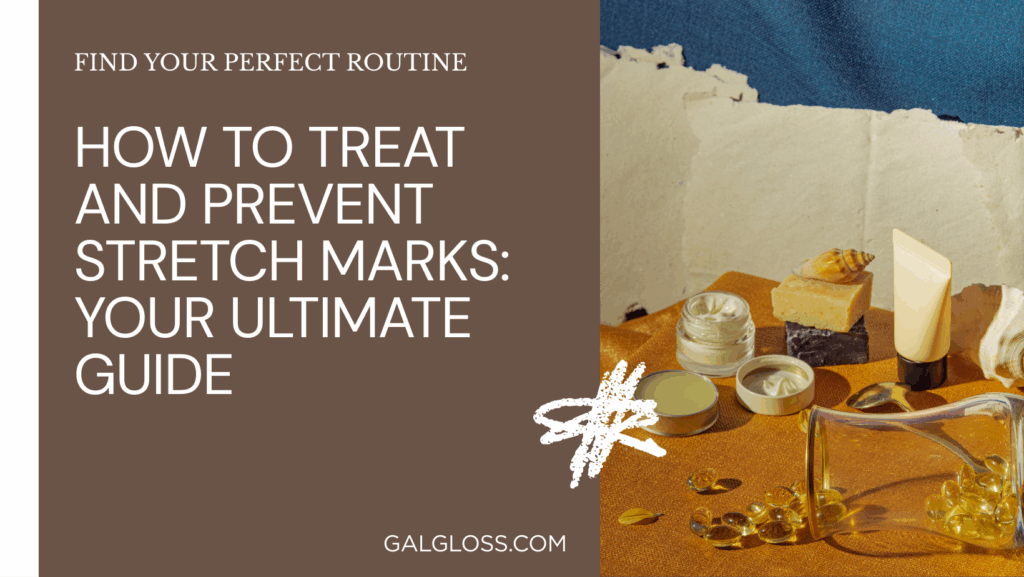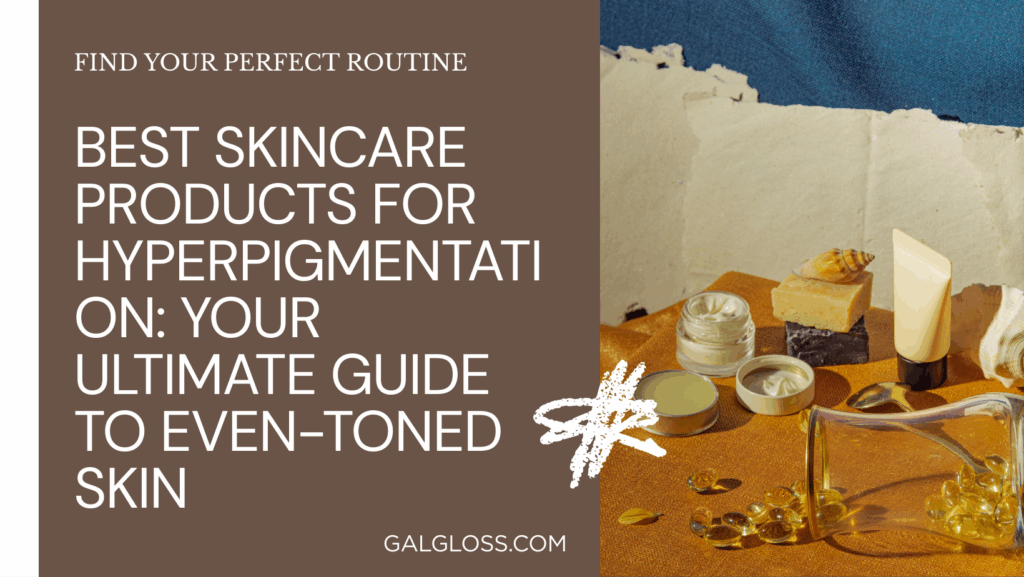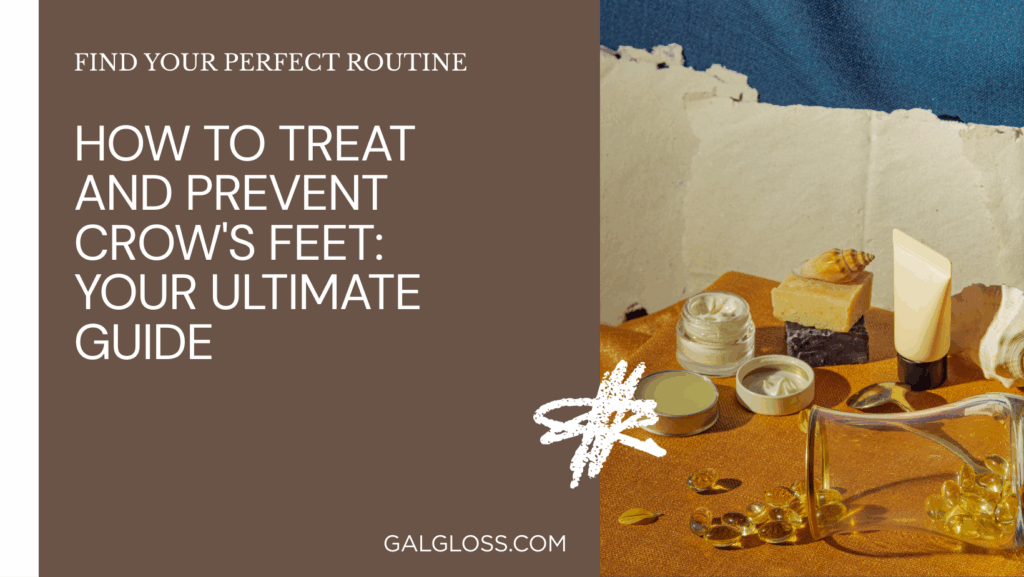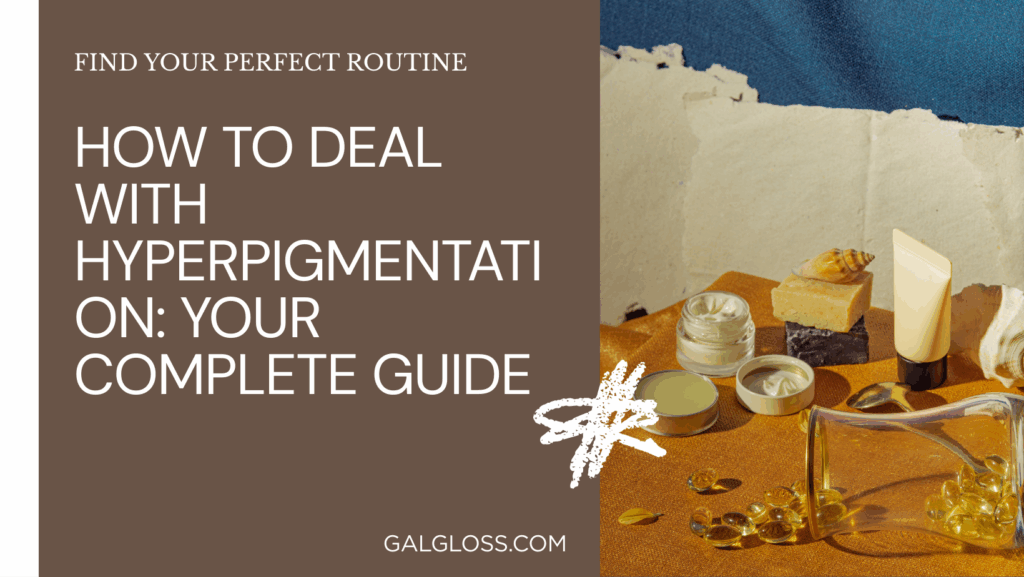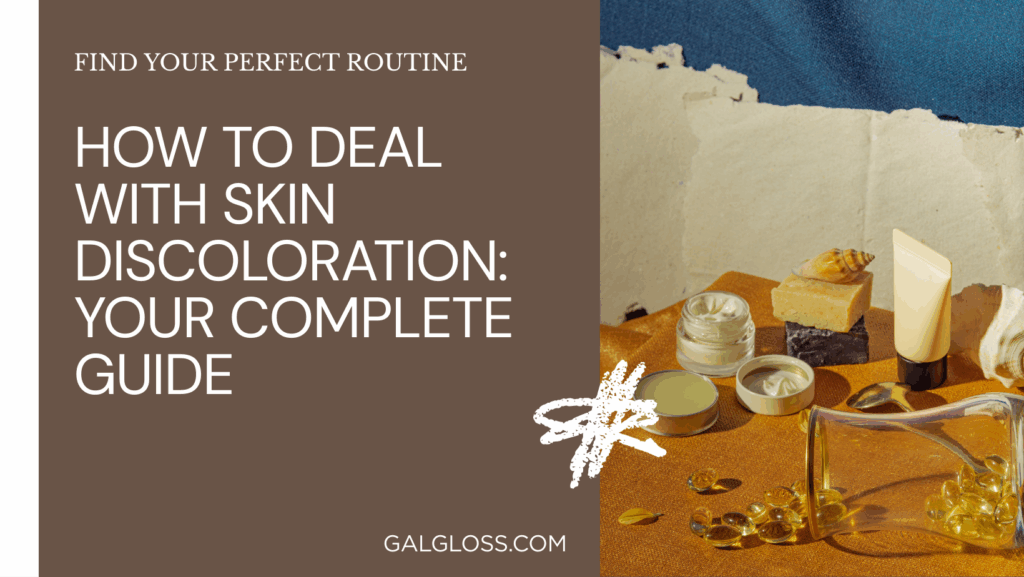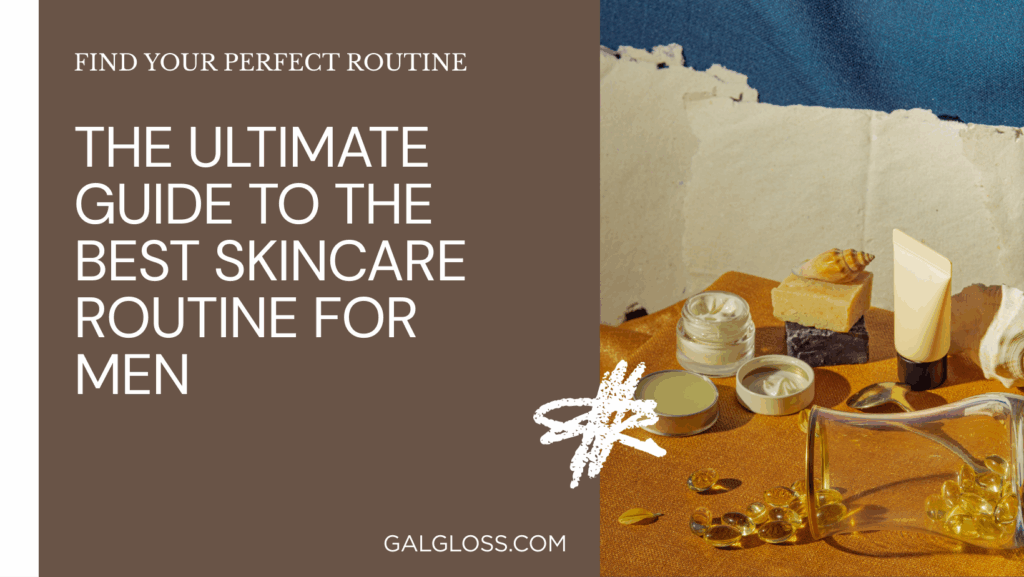Ever looked in the mirror and noticed pesky dark spots staring back at you? You’re not alone. Dark spots, also known as hyperpigmentation, are a common skin concern that can leave us feeling less than confident. But here’s the good news: you don’t have to live with them forever!
In this comprehensive guide, we’ll dive deep into the world of dark spots. We’ll explore what causes them, how to prevent them, and most importantly, how to fade them for good. Whether you’re dealing with sun spots, age spots, or post-acne marks, we’ve got you covered.
Understanding Dark Spots: What Are They and Why Do They Happen?
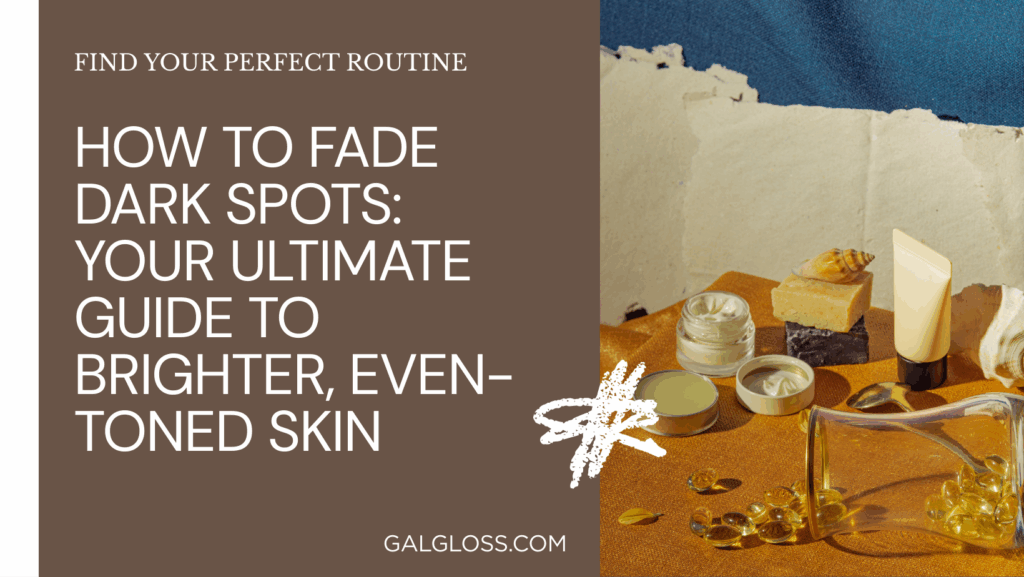
Dark spots are areas of skin that appear darker than your natural skin tone. They’re like uninvited guests at a party – showing up without warning and overstaying their welcome. But what causes these pesky patches? Here are the usual suspects:
- Sun exposure: The sun’s harmful UV rays can trigger excess melanin production.
- Hormonal changes: Pregnancy or birth control pills can lead to melasma.
- Acne: Post-inflammatory hyperpigmentation can occur after acne heals.
- Aging: As we get older, age spots can appear.
- Skin injuries: Cuts, burns, or other trauma can leave dark marks.
Understanding the root cause of your dark spots is crucial in choosing the right treatment. It’s like solving a mystery – once you know whodunit, you can take the right steps to fix it.
Prevention: The First Step in Fading Dark Spots
You know what they say – an ounce of prevention is worth a pound of cure. When it comes to dark spots, this couldn’t be truer. Here are some tried-and-true prevention strategies:
- Sunscreen, sunscreen, sunscreen: Apply a broad-spectrum SPF 30+ sunscreen daily, rain or shine. Think of it as your skin’s shield against the dark spot-causing powers of the sun.
- Wear protective clothing: Hats, sunglasses, and long sleeves are your skin’s BFFs.
- Avoid peak sun hours: If possible, stay indoors between 10 am and 4 pm when the sun’s rays are strongest.
- Be gentle with your skin: Avoid picking at acne or scratching insect bites. Treat your skin like the delicate flower it is!
- Manage hormonal changes: If you’re prone to melasma, talk to your doctor about hormone-regulating options.
Remember, preventing dark spots is like building a fortress around your skin. The stronger your defenses, the less likely those spots are to invade!
Top 10 Ingredients for Fading Dark Spots
Now, let’s talk about the heavy hitters in the fight against dark spots. These ingredients are like the Avengers of skincare – each with their own superpower to help you achieve brighter, more even-toned skin.
- Vitamin C: This antioxidant powerhouse not only fades dark spots but also protects against future damage. It’s like a time machine for your skin!
- Hydroquinone: Often called the “gold standard” for treating hyperpigmentation, it works by inhibiting melanin production. Just remember, it’s powerful stuff, so use it under a dermatologist’s guidance.
- Kojic Acid: Derived from fungi, this natural skin-lightener is gentler than hydroquinone but still packs a punch.
- Niacinamide: Also known as Vitamin B3, it’s a multitasking ingredient that fades dark spots and improves overall skin health.
- Alpha Arbutin: A safer alternative to hydroquinone, it gradually fades dark spots without irritation.
- Licorice Extract: This natural ingredient contains glabridin, which inhibits tyrosinase, the enzyme responsible for pigment production.
- Retinoids: These Vitamin A derivatives increase cell turnover, helping to fade dark spots and improve overall skin texture.
- Azelaic Acid: Great for acne-prone skin, it fights both dark spots and breakouts.
- Glycolic Acid: This alpha-hydroxy acid (AHA) exfoliates dead skin cells, revealing brighter skin underneath.
- Lactic Acid: Another AHA, it’s gentler than glycolic acid and great for sensitive skin types.
When using these ingredients, remember: patience is key. Fading dark spots is a marathon, not a sprint. Give your chosen treatment at least 8-12 weeks to see results.
Natural Remedies for Fading Dark Spots
If you prefer a more natural approach, Mother Nature’s got your back. Here are some kitchen ingredients that can help fade dark spots:
- Lemon juice: Its citric acid content can help lighten dark spots. But be careful – it can make your skin more sensitive to sun damage.
- Aloe vera: This soothing plant contains aloin, a natural depigmenting compound.
- Apple cider vinegar: Its acetic acid content may help lighten pigmentation.
- Turmeric: This golden spice has been used for centuries in Ayurvedic medicine to brighten skin.
- Green tea: Rich in antioxidants, it can help protect against and repair sun damage.
While these natural remedies can be effective, they often work more slowly than their lab-created counterparts. Think of them as the tortoise in the race against dark spots – slow and steady.
Professional Treatments for Stubborn Dark Spots
Sometimes, dark spots need a little extra oomph to fade away. That’s where professional treatments come in. These are like sending your skin to boot camp – intense, but effective.
- Chemical peels: These treatments use strong acids to remove the top layer of skin, revealing brighter skin underneath.
- Microdermabrasion: This treatment physically exfoliates the skin, helping to fade surface-level dark spots.
- Laser therapy: Different types of lasers can target pigment in the skin, breaking it up so your body can remove it.
- Intense Pulsed Light (IPL): Similar to laser therapy, IPL uses light energy to target pigment in the skin.
Remember, these treatments should always be performed by a licensed professional. Your skin is precious cargo – don’t trust it to just anyone!
Creating a Dark Spot Fading Routine
Now that you’re armed with knowledge about ingredients and treatments, let’s put it all together into a routine. Think of this as your battle plan against dark spots.
Morning Routine:
- Cleanse with a gentle, non-irritating cleanser
- Apply a vitamin C serum
- Use a moisturizer with niacinamide
- Finish with a broad-spectrum SPF 30+ sunscreen
Evening Routine:
- Double cleanse (oil cleanser followed by water-based cleanser)
- Apply a toner with glycolic or lactic acid
- Use a serum with alpha arbutin or kojic acid
- Apply a retinoid (start with over-the-counter and gradually work up to prescription strength if needed)
- Finish with a hydrating moisturizer
Weekly:
- Use a face mask with turmeric or licorice extract
- Exfoliate with a gentle scrub or chemical exfoliant
Remember, consistency is key. Stick to your routine, and you’ll start seeing results!
How Long Does It Take to Fade Dark Spots?
Now, the million-dollar question: how long until you see results? Well, it depends. Fading dark spots is like watching grass grow – it happens slowly, but surely.
Generally, you might start seeing improvement in about 4-6 weeks. But for significant fading, you’re looking at 8-12 weeks or more. Factors that can affect this timeline include:
- The cause of your dark spots
- How dark they are
- Your skin type
- The treatments you’re using
- How consistent you are with your routine
Remember, Rome wasn’t built in a day, and neither is perfect skin. Be patient and consistent, and you’ll get there!
Dos and Don’ts When Fading Dark Spots
To help you on your journey to spot-free skin, here are some dos and don’ts:
Do:
- Be consistent with your skincare routine
- Always wear sunscreen
- Patch test new products
- Be patient
- Stay hydrated and eat a balanced diet
Don’t:
- Pick at your skin
- Skip sunscreen (yes, it’s so important we’re mentioning it twice!)
- Use too many active ingredients at once
- Expect overnight results
- Forget to moisturize
When to See a Dermatologist
While many dark spots can be treated at home, sometimes it’s best to call in the pros. Consider seeing a dermatologist if:
- Your dark spots are deep or widespread
- You’ve tried over-the-counter treatments with no success
- You have a history of skin cancer
- Your dark spots are changing in size, shape, or color
- You’re not sure what’s causing your dark spots
A dermatologist can provide a proper diagnosis and recommend treatments tailored to your specific needs. They’re like the special forces in your fight against dark spots – bringing in the big guns when needed.
Conclusion
Fading dark spots is a journey, not a destination. It requires patience, consistency, and the right tools in your skincare arsenal. Remember, every skin is unique, so what works for one person might not work for another. Don’t be afraid to experiment (safely) to find what works best for you.
The key takeaways? Prevent dark spots by being sun-smart, choose ingredients that target hyperpigmentation, be consistent with your routine, and don’t hesitate to seek professional help if needed.
Your skin is resilient, and with the right care, those dark spots will fade. Imagine looking in the mirror and seeing clear, even-toned skin looking back at you. It’s not just a dream – it’s a goal you can achieve.
So, are you ready to say goodbye to dark spots and hello to radiant skin? Your journey to a brighter, more even complexion starts now. Remember, every day is a step closer to the skin you’ve always wanted.
